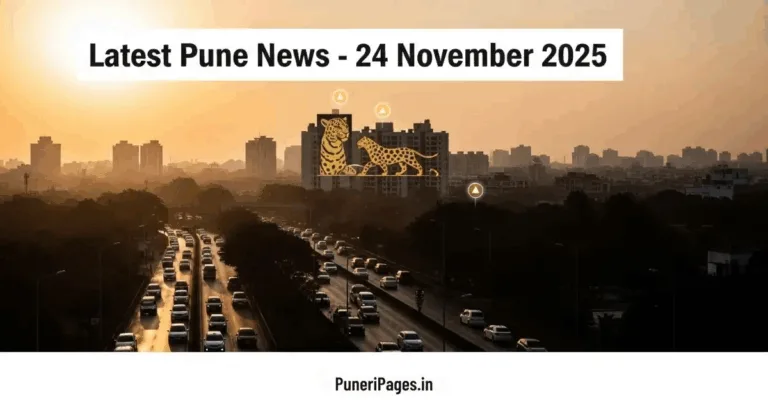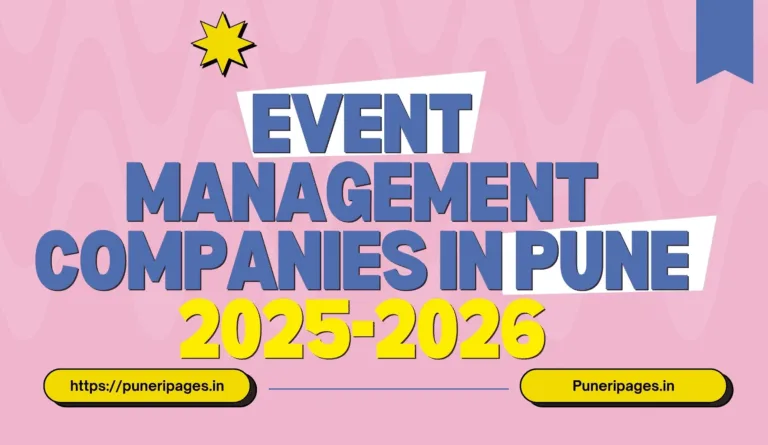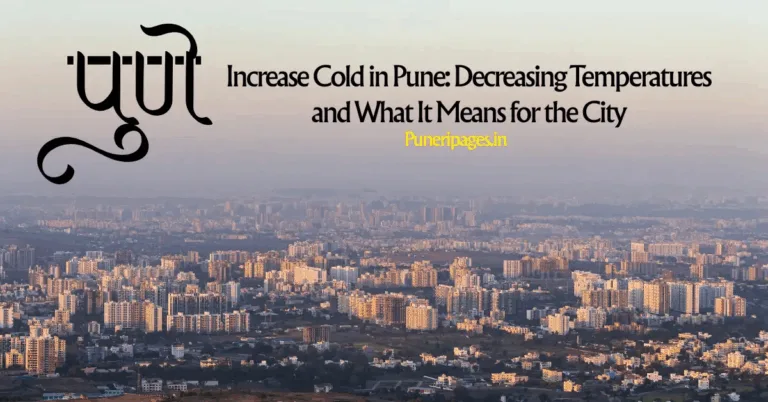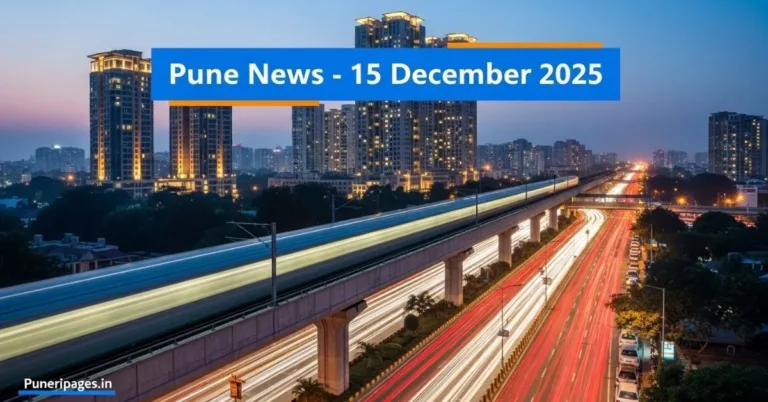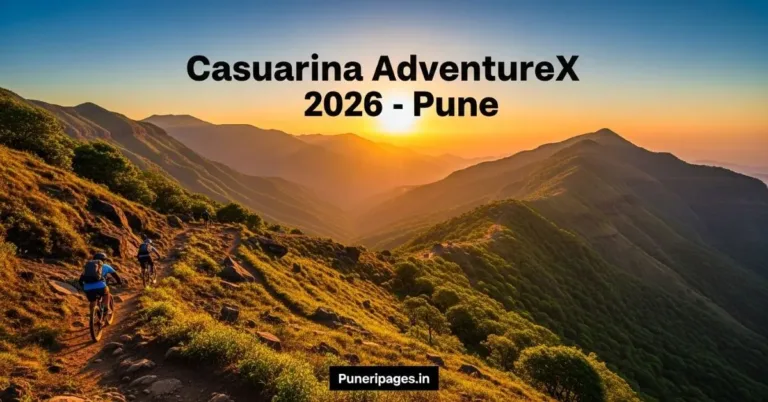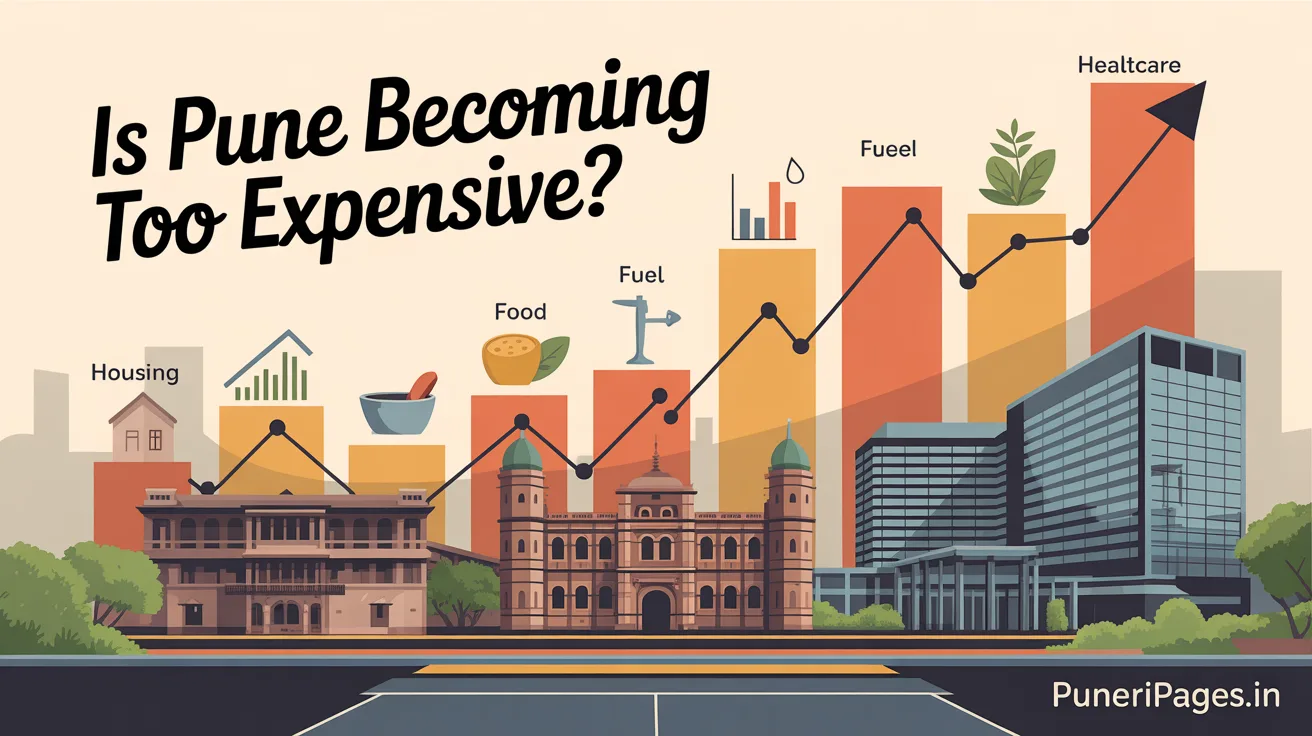
Rising costs in Pune—visualized through a cityscape and cost-of-living icons. Discover the full economic breakdown at puneripages.in.
Table of Contents
🏙️ Introduction
Pune has long been cherished as one of India’s most livable cities—a harmonious blend of academic excellence, rich cultural heritage, and a thriving IT industry. Over the past decade, however, the city’s rising popularity has brought with it an important question: Is Pune becoming too expensive for its own people? In this extended reality check, we dive deep into the changing cost of living in Pune, explore its underlying causes, and ask whether the city is still worth the price tag.
As Pune transitions into a bustling urban hub, residents are increasingly finding themselves at a crossroads between lifestyle quality and financial feasibility. The city, once lauded for its affordability and laid-back charm, is gradually transforming into a metropolis where costs rival those of India’s other major cities. This article aims to offer not just an overview but also actionable insights for residents and newcomers navigating this economic shift.
🏠 Housing: A Climbing Ladder
Real estate in Pune has undergone a dramatic transformation. Property prices have surged, especially in high-demand areas such as Kharadi, Baner, Wakad, and Hinjewadi. A 1BHK apartment in central locations can cost anywhere from ₹15,000 to ₹25,000 per month, while even suburban areas are now commanding steep rents. Furthermore, the focus of developers has shifted to luxury projects, making affordable housing increasingly scarce.
Key Drivers:
- Steady inflow of IT professionals and entrepreneurs
- Surge in student and migrant worker populations
- Reduced availability of land in prime city zones
- Government policies that favor premium developments
- Infrastructural development like metro lines and expressways increasing demand
Buying property is equally daunting for the middle class, with prices for even modest flats often exceeding ₹70 lakh. The increase in property registration charges and GST on under-construction flats adds to the burden. EMI costs have also surged due to rising home loan interest rates, further complicating ownership.
🍛 Food & Dining: Costs on the Rise
Gone are the days when Pune was known for budget-friendly meals and affordable groceries. Today, dining out is a luxury for many. A simple thali that once cost ₹60-70 now comes for ₹100-120. Rising fuel prices, supply chain issues, and increased demand for organic or gourmet foods have all played a role.
Local Insight:
- Swiggy/Zomato orders now come with higher delivery and platform fees
- Monthly grocery bills for a family of four range from ₹10,000 to ₹15,000
- Milk, vegetables, and packaged goods have all seen sharp inflation
- Street food stalls have raised prices due to raw material cost hikes
- Premium grocery stores and online platforms cater to niche markets but come at a cost
Even home cooking has become more expensive, with staples like rice, lentils, and cooking oil witnessing price hikes year over year. Dining in restaurants in Koregaon Park, FC Road, and Viman Nagar has become cost-prohibitive for many.
🚗 Transport: Fueling the Cost
Transportation costs in Pune are soaring, whether you rely on personal vehicles, auto-rickshaws, or app-based cabs. Although the Pune Metro has launched with great promise, its current reach is limited, and daily commuters still depend on fuel-guzzling two-wheelers or expensive ride-hailing services.
Highlights:
- Petrol prices continue to hover around ₹105-110 per litre
- Daily office commutes can cost ₹150-300 by cab
- Monthly fuel costs now average ₹4,000-₹6,000 per household
- Public buses remain the cheapest but are overcrowded during peak hours
- Metro expansion plans are underway but require time to significantly ease costs
Parking fees and toll charges add another layer of expense, especially for those commuting to IT parks and commercial centers. The lack of cycling infrastructure and pedestrian-friendly routes also discourages cheaper and greener alternatives.
🏥 Healthcare & Education: Rising Yet Essential
The cost of quality education and healthcare in Pune has gone up substantially. While government institutions remain affordable, private hospitals and schools charge a premium.
Examples:
- Annual school fees in top CBSE/ICSE institutions range from ₹70,000 to ₹2 lakh
- Consultation fees in private hospitals average ₹600-₹1,200 per visit
- Diagnostic tests, dental care, and physiotherapy sessions are pricier
- Health insurance premiums have increased by up to 25% in the last 2 years
- Preschools and daycare centers can cost upwards of ₹8,000/month
Education costs don’t stop at tuition; uniforms, transportation, and extracurricular activities add to the burden. For healthcare, regular medications and specialist treatments can strain monthly budgets, especially for families with elderly members.
🎉 Lifestyle & Entertainment: Quality Comes at a Cost
Pune’s residents enjoy a vibrant lifestyle, but it comes with a price. Multiplex movie tickets, gym memberships, and weekend outings have become noticeably expensive. From shopping malls to rooftop cafes, the city’s leisure economy is booming—but mostly for those who can afford it.
Trends:
- A weekend movie outing for two, including snacks, can cost ₹900-₹1,200
- Monthly gym memberships range from ₹1,500 to ₹5,000
- Staycations and short road trips from Pune now start at ₹5,000+
- Entry fees to amusement parks and events have increased significantly
- Cafés and fine-dine restaurants now charge an average ₹1,000+ for two
Online subscriptions, gaming, and hobbies also take a toll on monthly spending. While Pune hosts many free cultural events, accessing premium experiences regularly requires a well-padded wallet.
📊 Reality Check: Is It Worth It?
Despite the swelling expenses, Pune still holds several advantages that justify the cost for many. The city offers excellent weather, a slower pace than other metros, green spaces, rich heritage, and a startup-friendly environment. Compared to Mumbai and Bangalore, Pune still offers value for money, especially for those who plan and budget wisely.
But:
- Middle-income families are feeling the squeeze
- First-time homebuyers face growing financial stress
- Students and senior citizens are affected by rental inflation and healthcare costs
- Inflation-adjusted salaries haven’t kept up with rising expenses
Conclusion
Pune is indeed becoming more expensive. But with smart lifestyle choices, careful budgeting, and by selecting cost-effective neighborhoods, it remains a rewarding place to live. The key lies in adaptation, awareness, and active financial planning. For those willing to adjust, Pune still offers a quality of life that balances urban energy with community charm.
❓ FAQs
Q1. Is Pune more expensive than Mumbai?
No, Mumbai is still costlier overall, but Pune is catching up fast, especially in housing and school fees.
Q2. Which areas in Pune are most affordable to live in?
Outskirts like Hadapsar fringe areas, Moshi, Wagholi, and Undri offer lower rents and cheaper amenities.
Q3. Has public transport improved affordability?
To a degree—the Pune Metro is helpful, but many areas still rely on autos and cabs.
Q4. How much salary is enough to live comfortably in Pune?
A single person can manage with ₹35,000/month, while families should aim for ₹80,000-1 lakh/month.
Q5. Are groceries and essentials overpriced in Pune?
Yes, especially in central and developed areas due to logistics and brand preferences.
Q6. Is Pune still a good city for students?
Yes, thanks to top-tier colleges, but rising costs for PGs, transport, and food require better budgeting.
Q7. Will Pune become unaffordable in the future?
If growth continues unchecked and infrastructure lags, affordability will become a serious concern.
Q8. Is it cheaper to buy or rent in Pune?
Renting remains the preferred choice for newcomers due to high property rates and added costs.
Q9. What are the hidden costs of living in Pune?
Annual maintenance fees, parking charges, and event/club memberships often go unaccounted.
Q10. Can remote work reduce living costs in Pune?
Yes, remote workers can save significantly on commuting and dining expenses, especially if living in budget-friendly areas.
Q11. Are there government schemes to ease the cost burden?
Yes, schemes like Pradhan Mantri Awas Yojana (PMAY) and subsidized transport passes help eligible residents.
Q12. Which expenses are rising the fastest in Pune?
Housing, school fees, and healthcare top the list of rapidly increasing expenses in the city.
